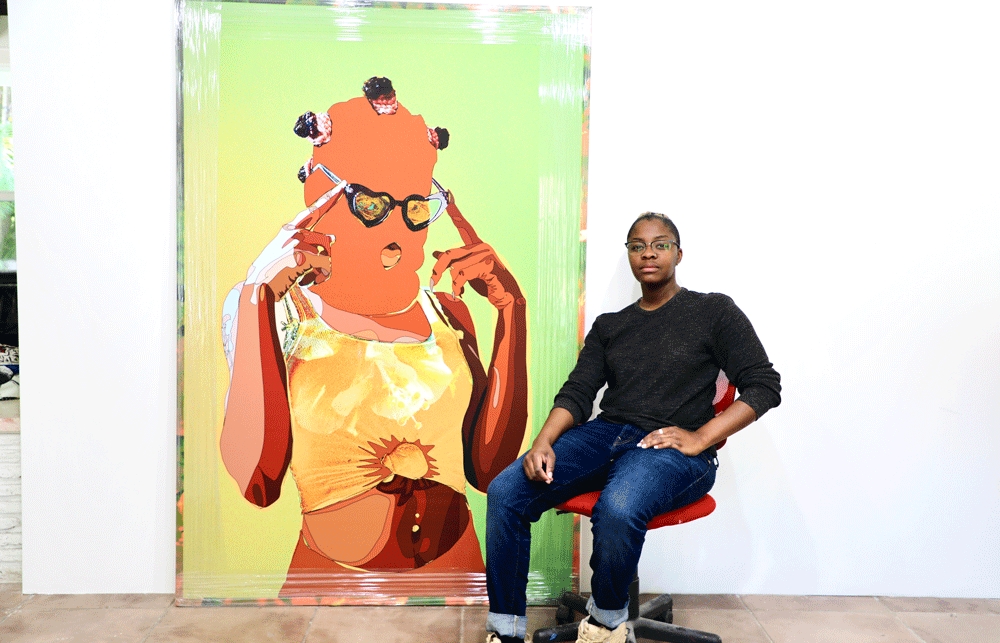Amani Lewis
More Blessed To Give
Interview by Kristin Farr // Portrait by Alex Nunez
For Amani Lewis, the portraits are much more than a likeness. Mapping inner landscapes of beloved subjects and layering materials that speak to a true human essence, they portray a lived experience and spiritual being, weaving together the personal and ancestral. Amani leverages their work to help friends gain momentum, supporting them through kinship, honoring them in multi-faceted, sparkling light. Explaining the seamless connections between their art and community in Baltimore, the artist explains: “My work exists because these people exist.” These portraits are not commodities, but catalysts for change and healing.
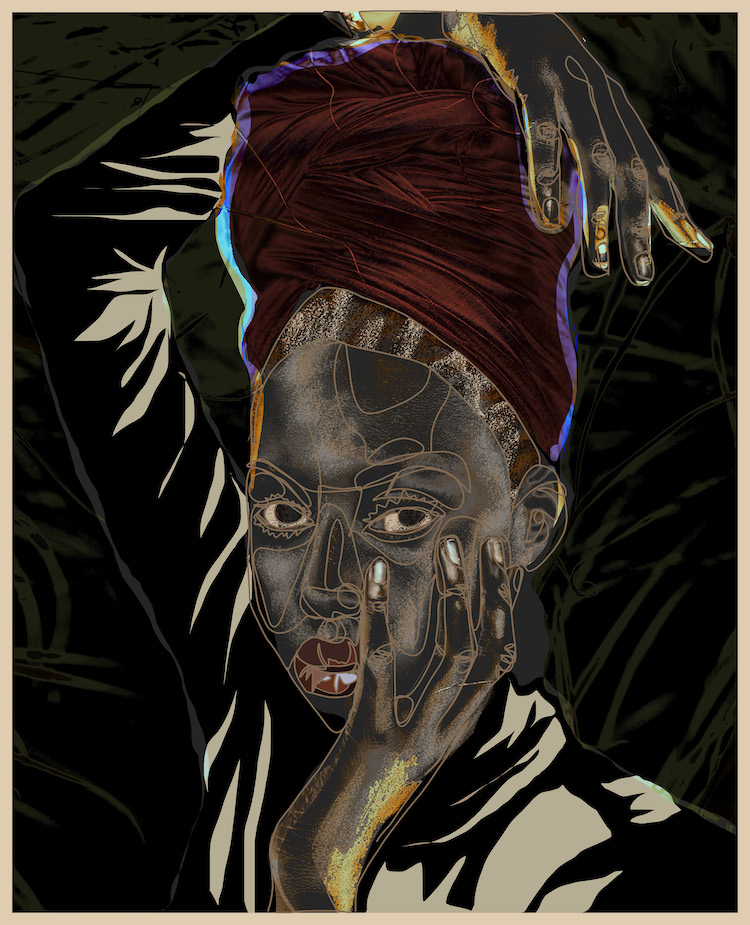
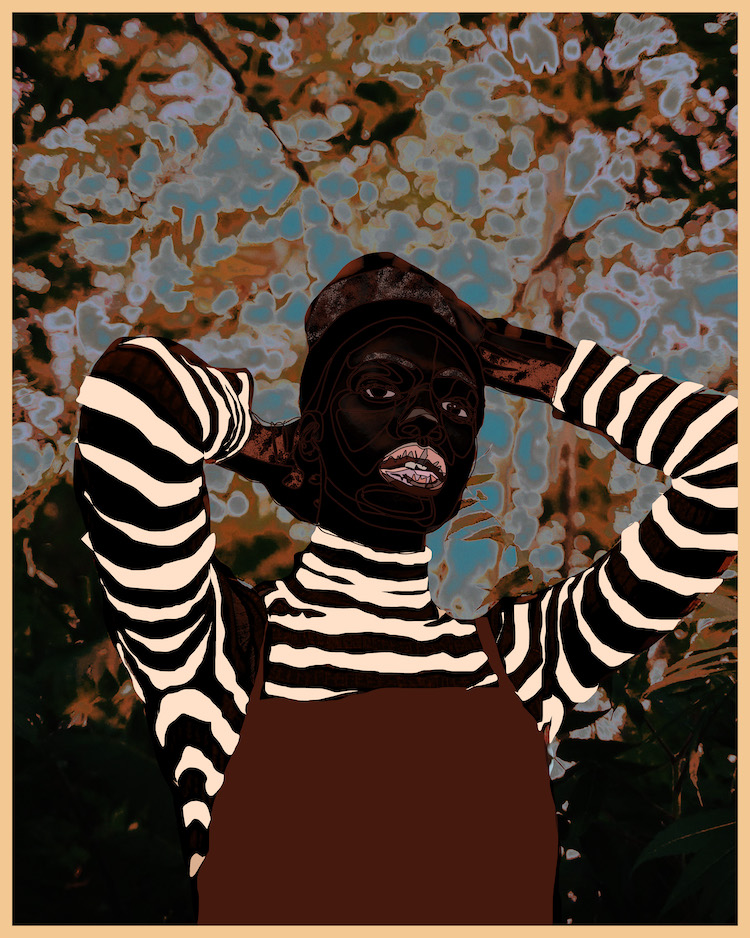
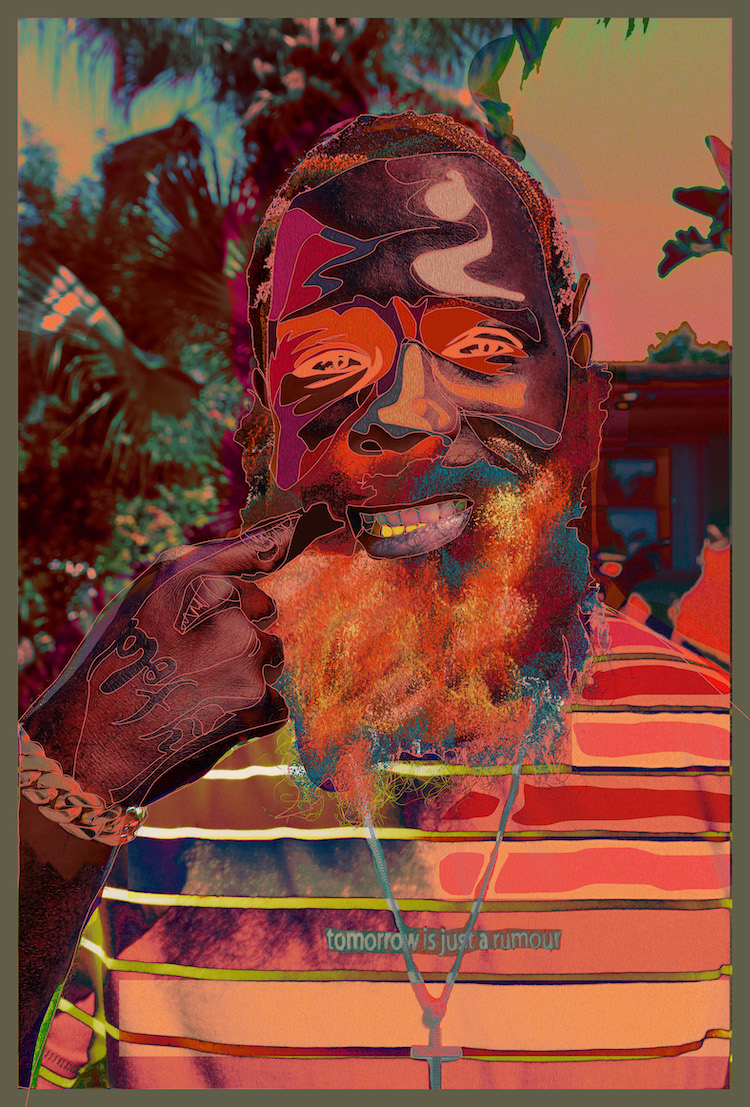
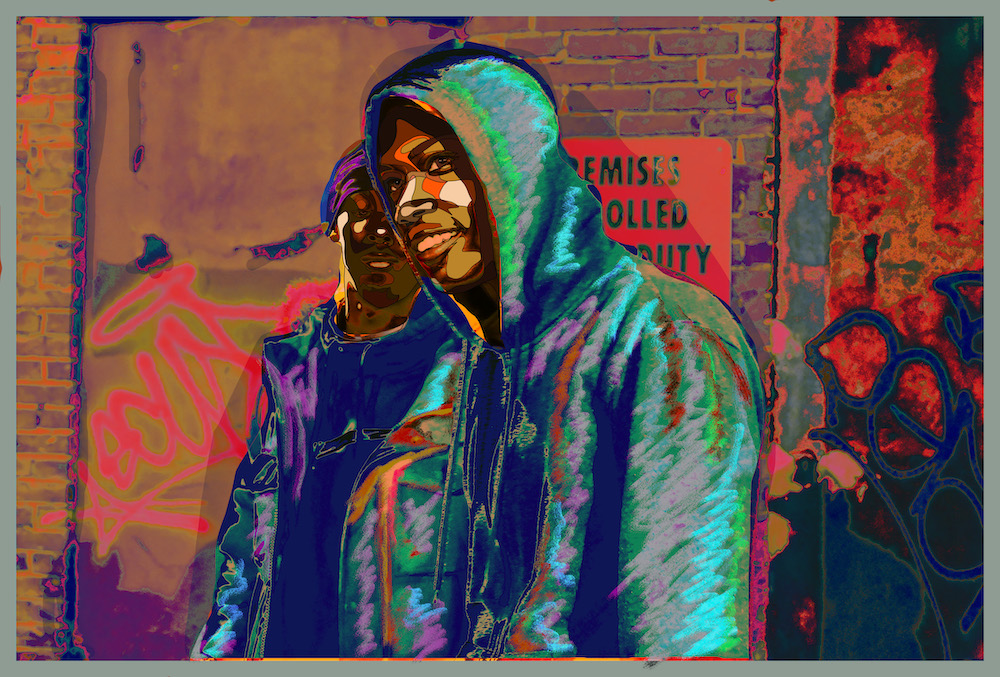

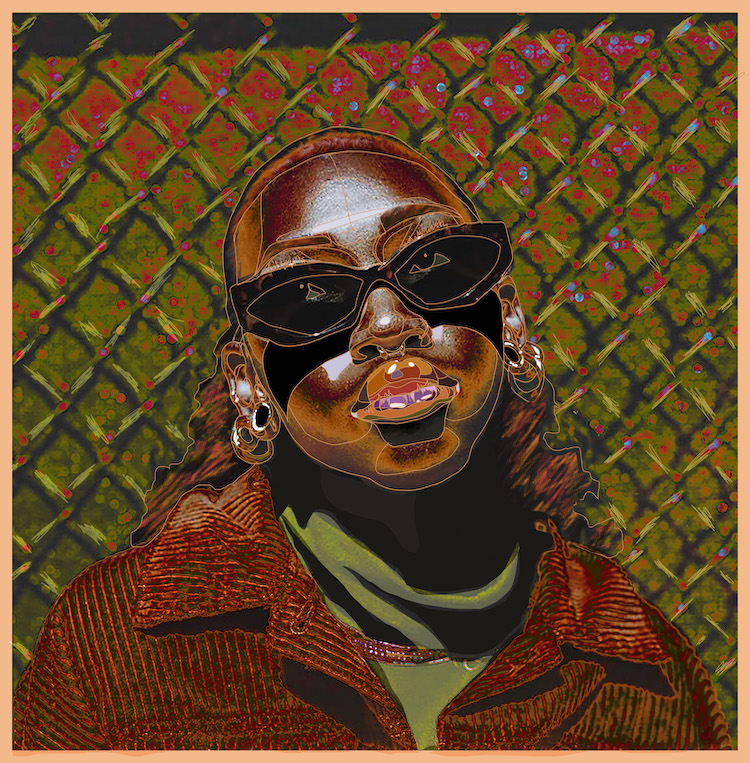
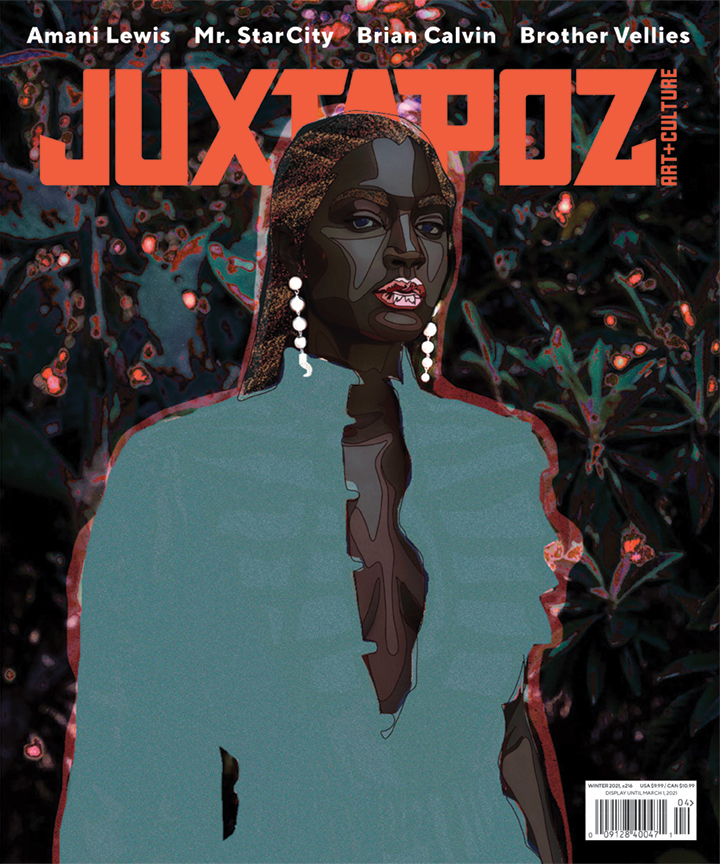
Amani Lewis has an exhibition on view in December 2020 with Kravetz Wheby, NYC, with artists Ambrose Murray and Murjoni Merriweather. Murray and Lewis are also included in an upcoming group exhibition at Deitch Projects in LA. In Spring 2021, Lewis will have a solo show, 1 Corinthians 12:14 ROUND 2, curated by Pittsburgh curator and director of Alma Lewis Gallery, Kilolo Luckett

